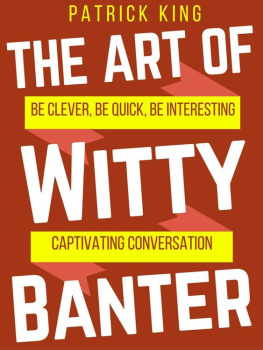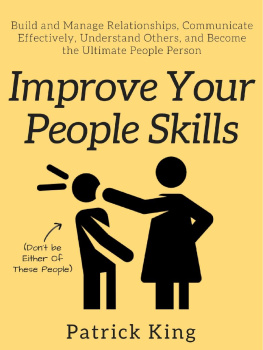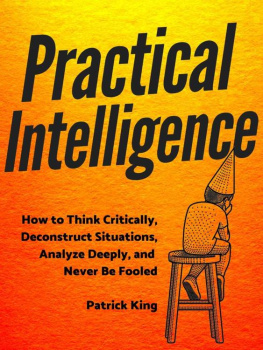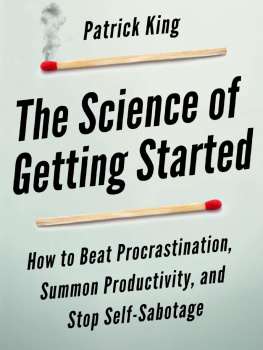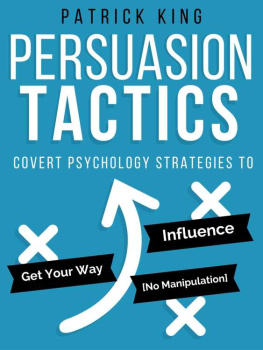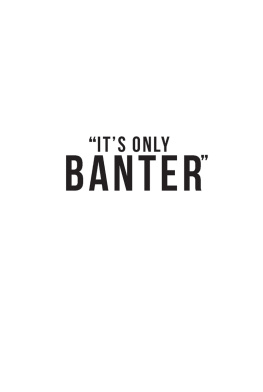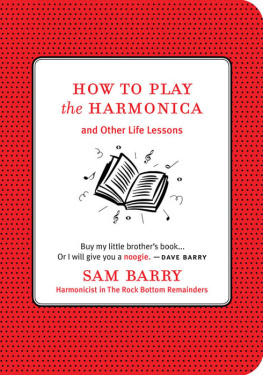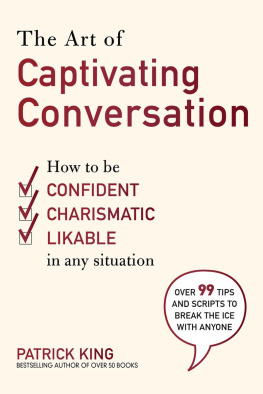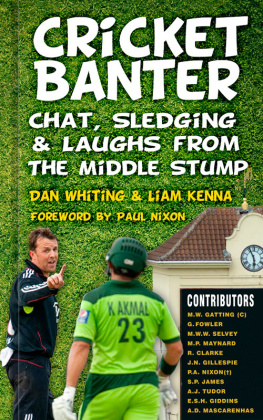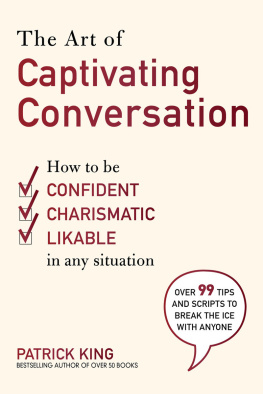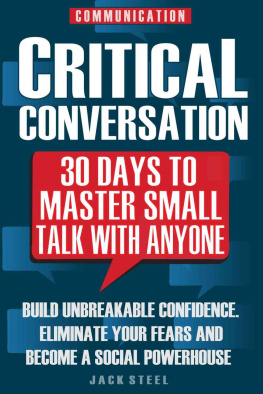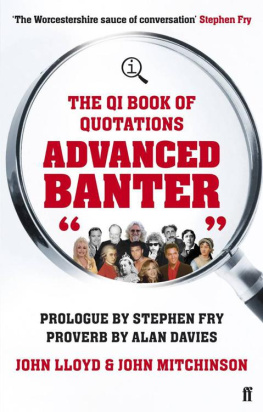The Art of Witty Banter: Techniques to Be Clever, Be Quick, Be Interesting Have Captivating Conversation
Introduction
When I was growing up, my favorite television show wasnt one of the conventional cartoons like G.I. Joe or X-Men .
People tend to assume I had a very sad childhood when I say this, but its not that I was deprived of cartoons by draconian parents.
Cartoons were typically aired early on weekend mornings, which meant that you had to go to bed early the night before to get up in time for the shows. I always overslept, so I never saw the cartoons.
Why was I oversleeping?
I overslept because I always stayed up late to watch David Letterman, the host of The Late Show with David Letterman for over 30 years.
I didnt know it at the time, but of all the late night television hosts, David Letterman was one of the most legendary. I just watched because I thought his Top Ten Lists were funny in an adult way that I couldnt quite understand. He would talk about economics, and though I didnt quite grasp the specifics, I knew the general feeling he was trying to convey and would laugh when my older brother laughed.
It wasnt until I grew older that I started to really notice the subtle tactics he used to energize boring guests and turn dull segments in funny ones.
In particular, it was his ability to banter wittily with his band leader, guests, and even himself in a self-deferential way that was the engine of the show. Letterman was like Teflon he was so smooth and slick, he could always go with the flow, nothing ever seemed to faze him, and he was never without a witty quip or two.
It seemed as if he could joke about anything and his jokes never seemed forced or out of place.
It didnt work as well for me when I tried emulating Letterman the next day at school, but it did get me thinking about what constituted a person who was conversationally so slick and smooth they were Teflon .
How can you not just always have something to say, but have something witty and clever to say? Witty banter is many things at once disarming, charming, intelligent, and quick. It almost sounds impossible when you think about the feelings it imparts to others.
But its a skill just like pitching a baseball or underwater basket weaving. Once you know the patterns and root actions, you can practice and improve them.
And once you practice enough, they become instinct and habit that come easily to you because they are second nature.
This book is going to be one of your best tools for becoming adept at the kind of witty banter youve always wanted to master.
Youll learn what makes a statement clever, how to deliver it quickly, and how it all comes together to make you someone of note and worth talking to.
Chapter 1. HPM, SBR, meet EDR
For those of you who have a passing familiarity with any of my books, one of my favorite topics to cover is HPM, and more recently, SBR.
What are these strange acronyms?
Put simply, they are six distinct types of responses you can use for practically any topic that arises in a conversation. HPM and SBR are quite helpful because if you are stumped or you can see an awkward silence creeping around the corner, you can essentially use HPM and SBR as ice breaking cue cards to find topics to talk about, and ways to respond to people.
It also makes sense to refer to them as a plug and playable because all you need to do is plug in one of these responses and bingo it just works.
The right responses can go a long way to jump-start and add new life to your conversations. It doesn't matter how good a conversationalist you are because awkward silences are always lurking around the corner. Using HPM and SBR, you can always find a way to work around these impending conversation killers.
Heres a quick review for those of you that are new to HPM and SBR and wondering when Im going to stop talking in annoying acronyms and codes.
HPM
HPM stands for History, Philosophy, and Metaphor.
This means in response to a question or statement directed at you, you reply with your own statement that evokes History, Philosophy, or a Metaphor.
HPM tends to draw on your memories, experiences, and opinions, which is a bit different from the other acronyms youll be learning about in this chapter. Its more internal and personal, while others are more external and in the moment.
History means you reply with your personal experience regarding a topic. For example, if someone tells you a story about skiing, this is a prompt for you to reply with:
- That reminds me of the last time I skied
- Thats just like the first time I skied as a child
- What a coincidence, my mothers friend went skiing last week and had a blast...
Philosophy, on the other hand, involves your personal stance, take, or opinion on a specific topic. For example, if someone tells you that same rousing story about skiing, this is a prompt for you to reply with:
- Ive always loved skiing because
- Ive hated skiing ever since
- Skiing is so fun! My favorite hobby.
- I dont know how I feel about skiing. On one hand
Metaphor, on the other hand, involves what the conversation topic reminds you of. If youre hearing the same story about skiing for the third time in the same day, you might not want to talk about it again. Thus, this is a prompt for you to subtly change the topic to something thats related or not so related. This works as long as you can preface it with some sort of transition.
- That reminds me of
- Thats just the opposite of snowboarding, isnt it?
- That makes me think of
- Isnt that similar to
Keep in mind that HPM is more focused on you, what you think, and what your experiences are. It really has nothing to do with the other person, it has to do with what the topic at hand evokes from you a memory, an opinion or feeling, or a jumping off point from which to change the subject.
Seems pretty easy and intuitive, right? The point is that everyone has these things everyone has personal stories and experiences, everyone has opinions and stances on subjects, and everyone can envision how one topic is related to or reminiscent of another topic. Its just that we are lazy conversationalists that dont realize the broad scope of whats available for us to talk about.
Heres a quick review on SBR, which youll find is similar but probably easier to use quickly on your feet than HPM. Its external, which means everything that you need to continue any conversational topic is right there in front of you. Youll see what I mean.

